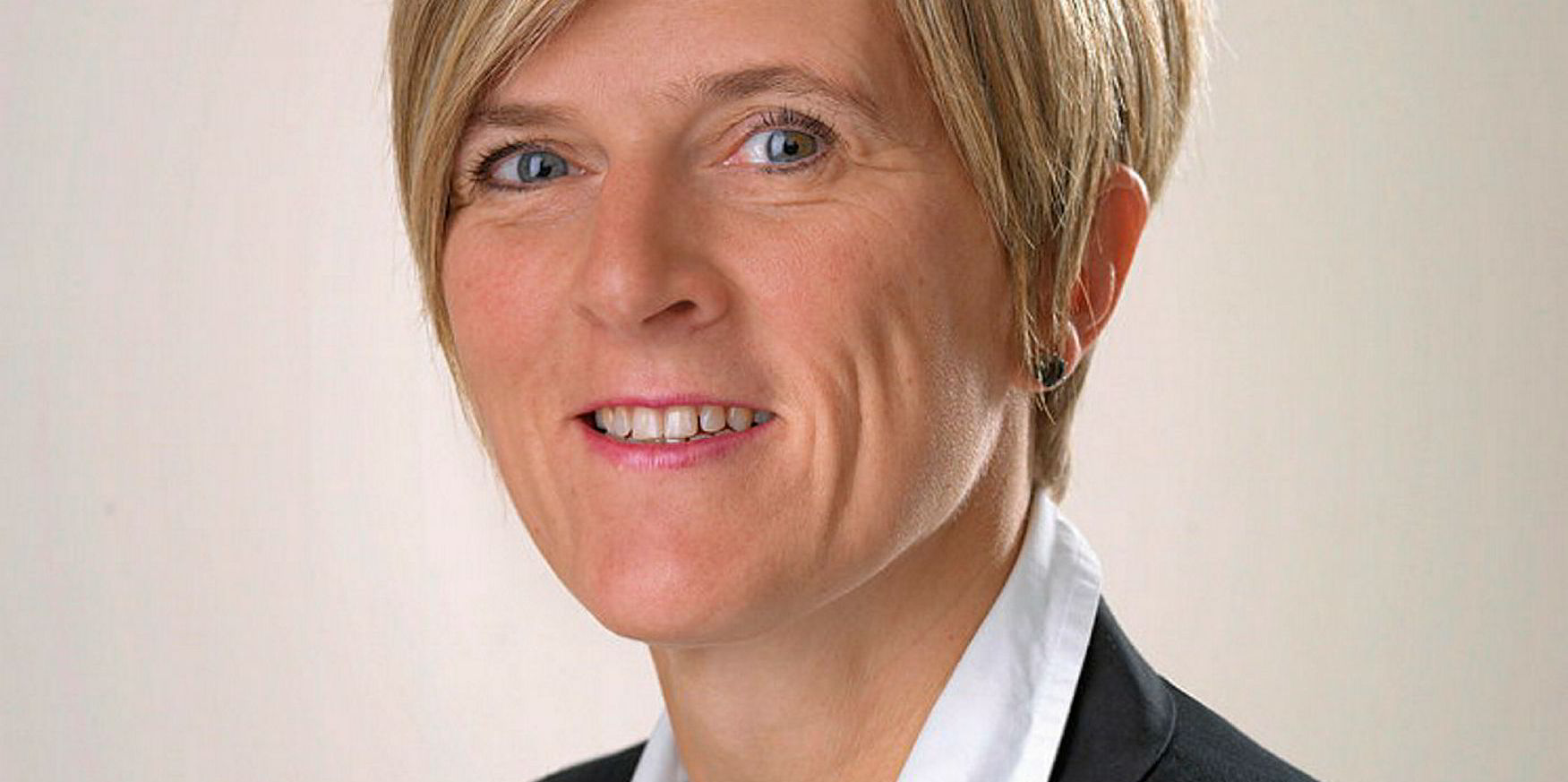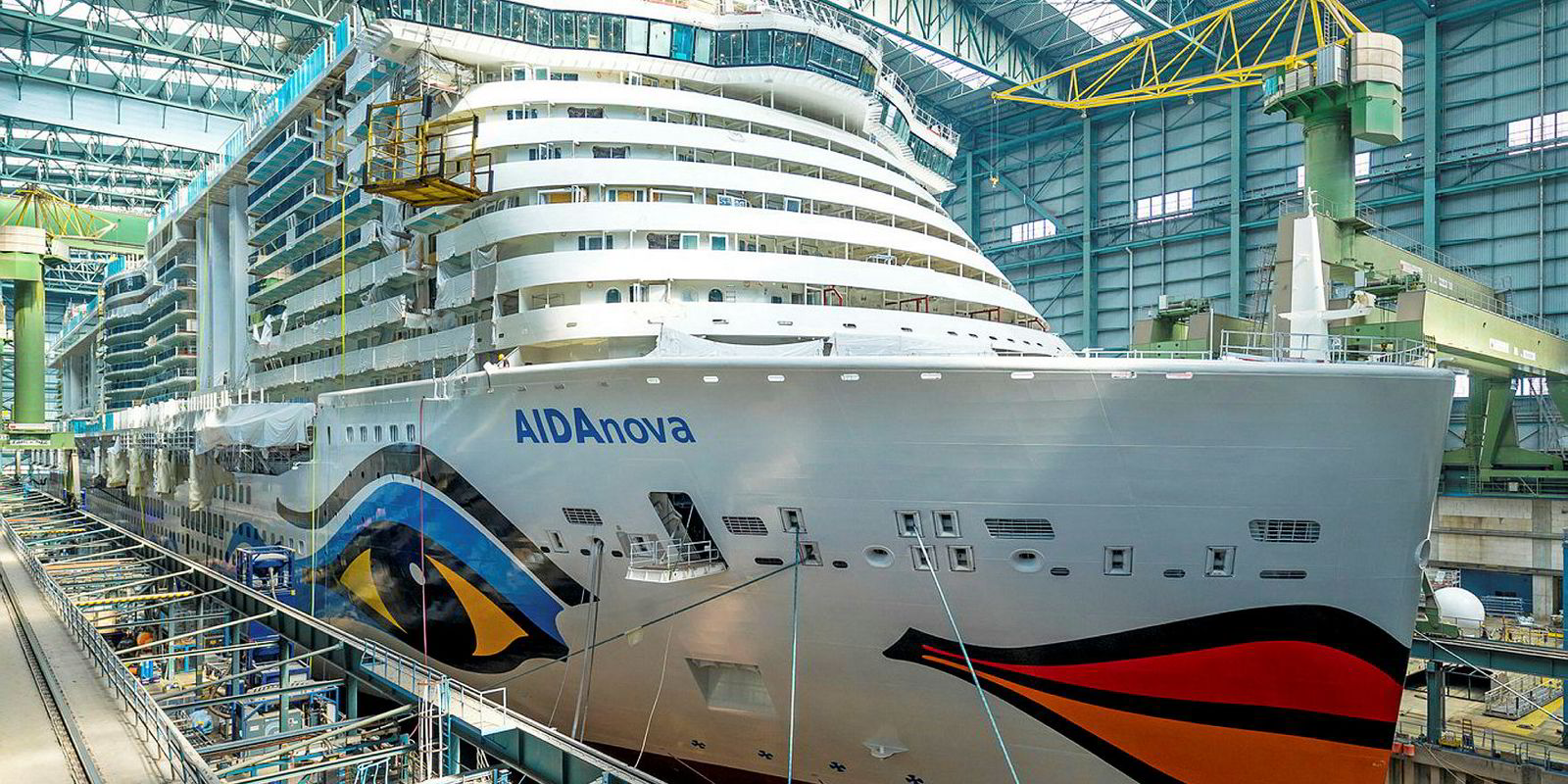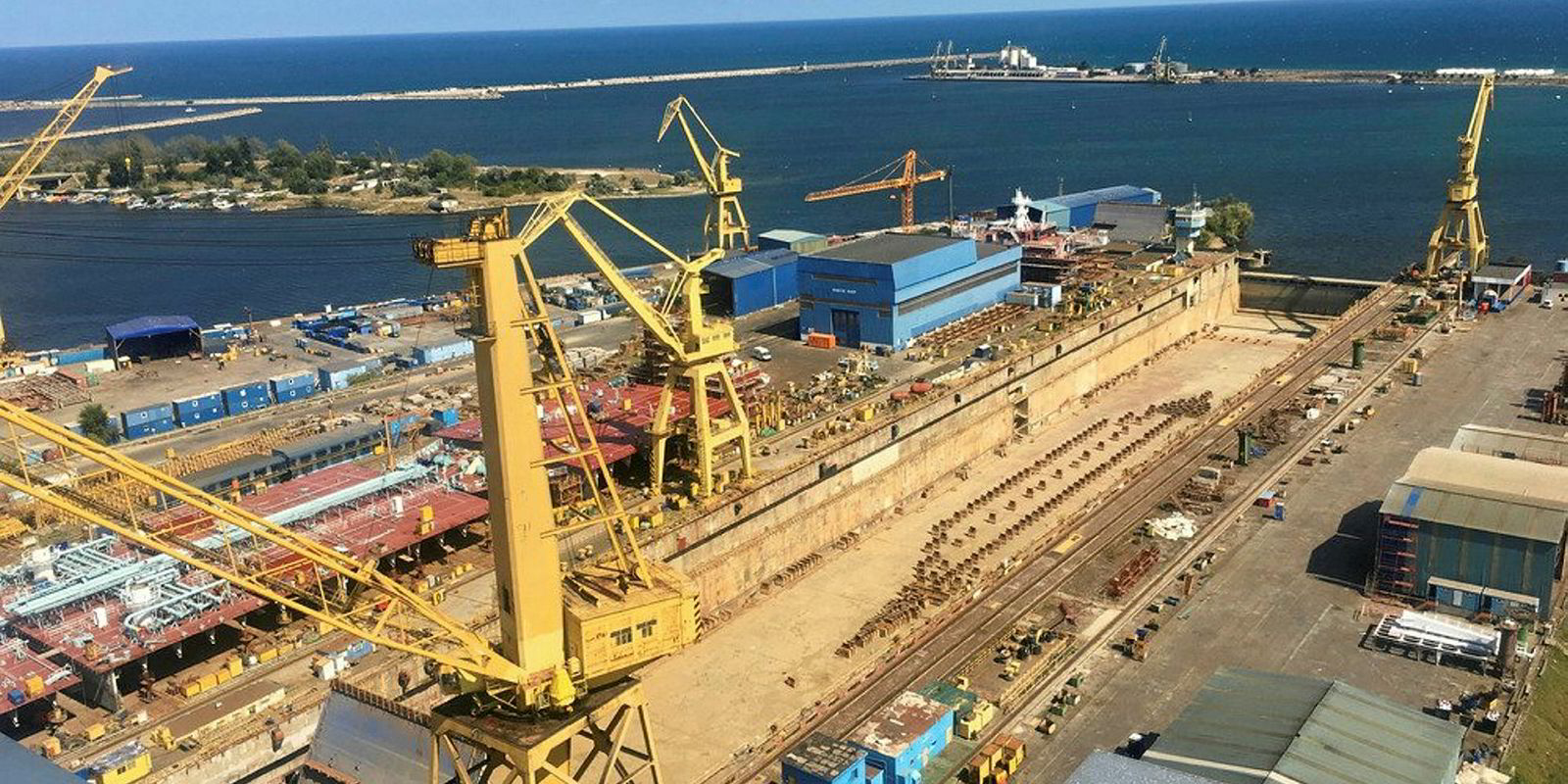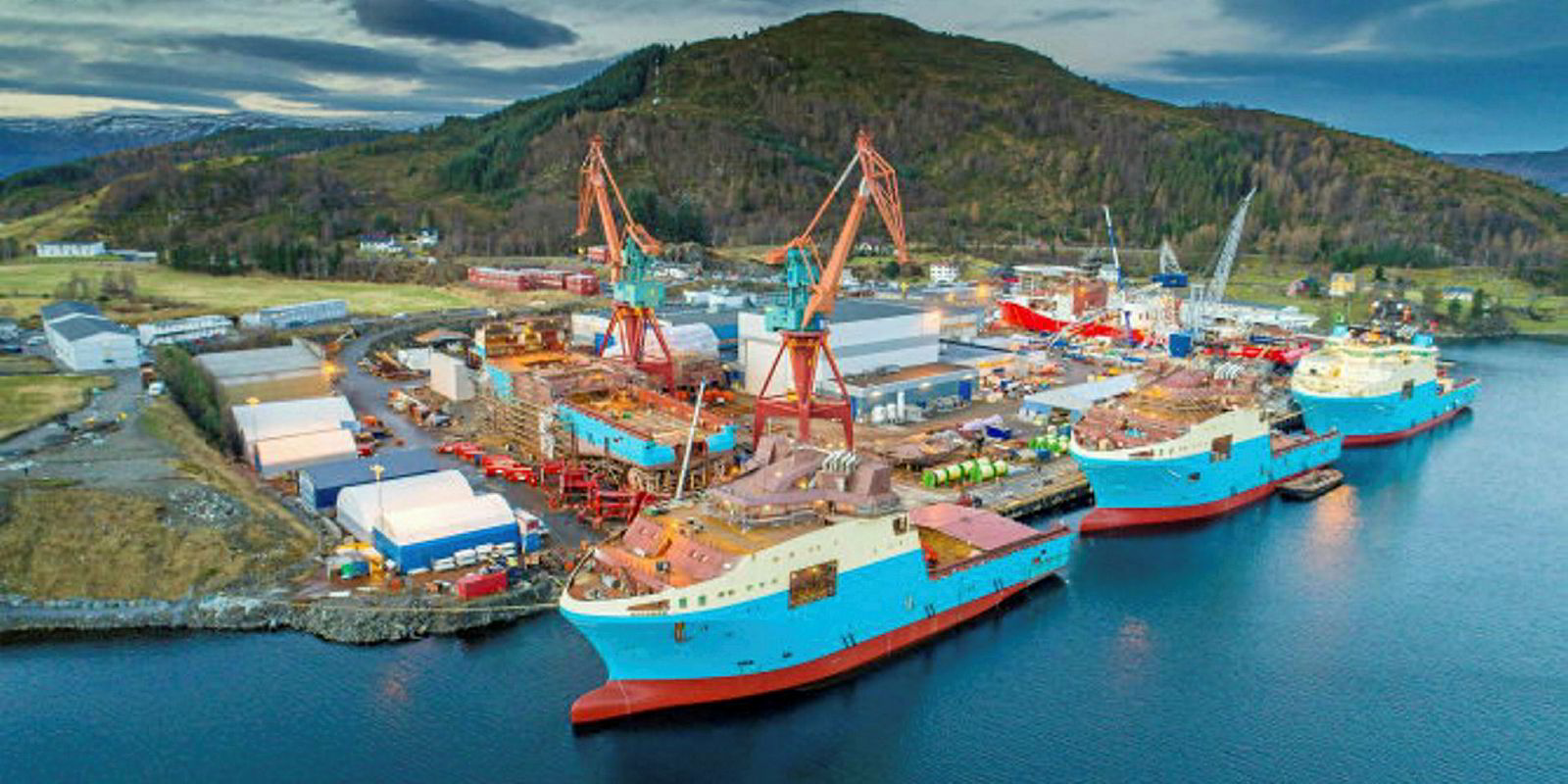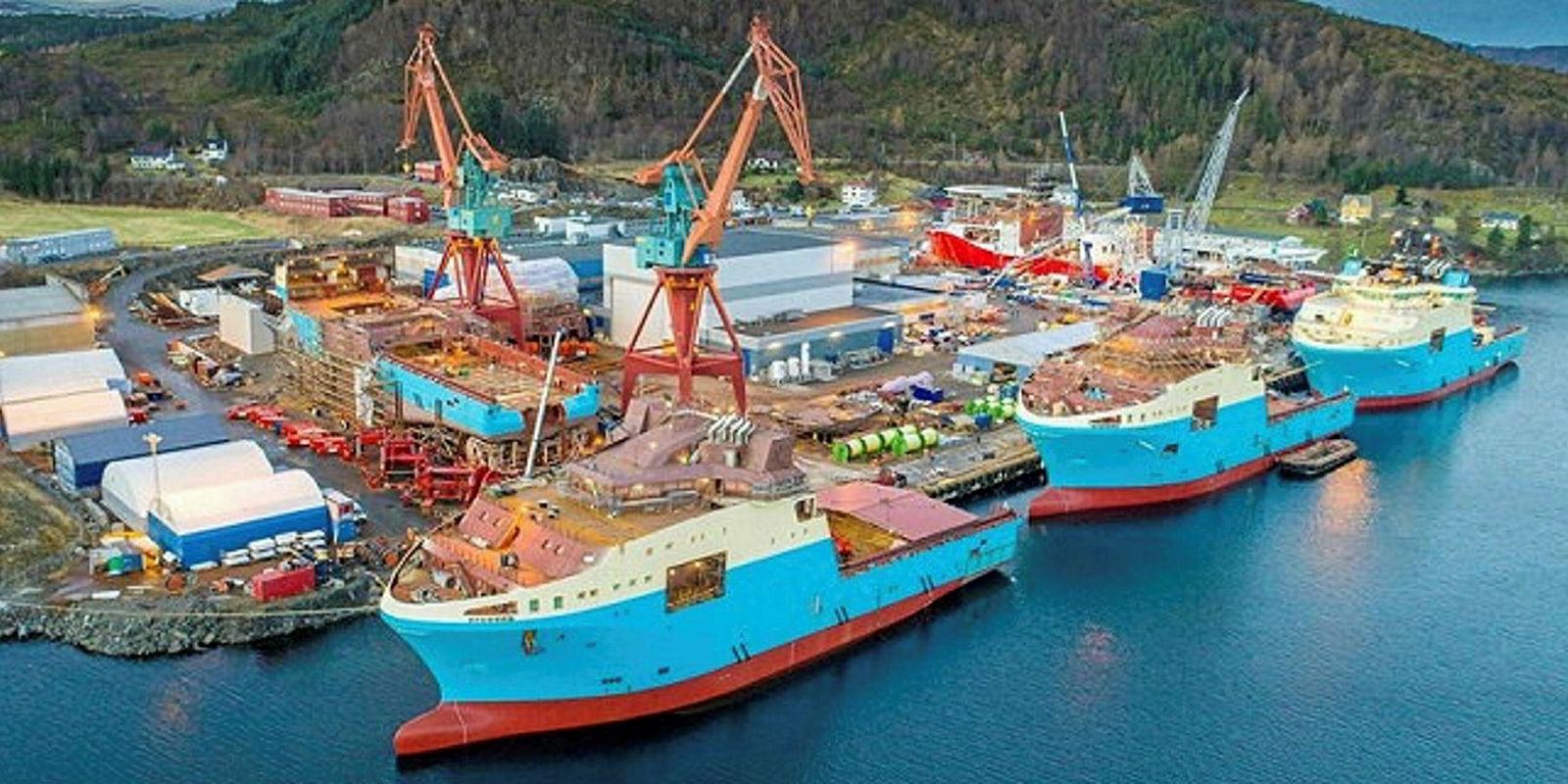Shipbroker Clarksons says Europe’s orderbook was worth $65.7bn as of 1 September, almost 30% of the $218bn yard tally globally.
But at a time of generally declining global orderbooks, high-value cruiseship orders on which Europe relies heavily are down 38% on a bumper 2017. Offshore contracts have fallen by 80%.
Overall, however, “Europe isn’t doing that badly,” says Kjersti Kleven, chairwoman of shipbuilding association SEA Europe.
She is keen to highlight figures from Clarksons showing that the region secured around 22% of global newbuilding orders by value in the first quarter of this year.
European Union countries and Norway together attracted $3.6bn-worth of contracts during the three-month period compared with South Korea ($5.8bn), China ($5bn) and Japan ($1.5bn). It is further evidence of Europe’s focus on passengerships that sometimes cost more than $1bn each.
New technology
While challenges lie ahead, including the “greening of shipping” and digitalisation, Kleven says new regulations and technology bring fresh opportunities for European builders and suppliers.
A key initiative will be the European Commission’s proposed Horizon Europe research and innovation programme that will succeed Horizon 2020.
“We need to invest significantly in research, development and innovation,” Kleven says.
She points to the contract for the first fully autonomous commercial vessel being placed with Norway’s Vard but also highlights the need to focus on production processes, fully exploit digital technology and attract skilled people to shipbuilding.
Kleven, chairman and co-owner of John Kleven AS, does not envisage many new offshore orders in the next couple of years, given the volume of vessels laid up. However, new offshore ships are still being delivered, including at least six reported so far this year from Vard Braila in Romania.
She says focusing on more complex fishing units, as well as sophisticated cruiseships and ferries, is how Norwegian yards have sought to diversify. In fact, Norwegian orders were up 48% by cgt in the first eight months of this year, according to Clarksons.
Steep learning curve
But Kleven concedes that new products can involve a steep learning curve and this explains why Norwegian yards have struggled to earn enough money over the past two or three years.
“We are used to building very complex offshore vessels but it is another kind of complexity with passenger vessels,” she says.
“It is more the logistics … It isn’t just the shipyards but the whole value chain — design and equipment suppliers — that have underestimated [what is involved].”
